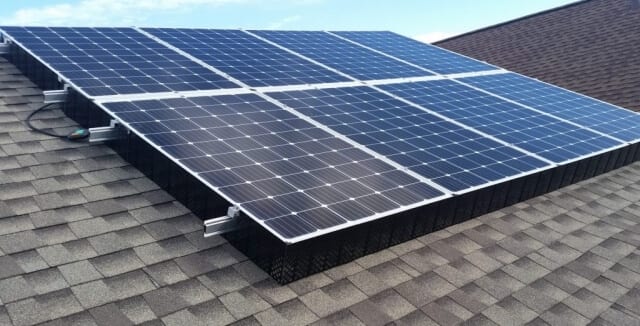
Solar is a real “hot spot” in the U.S. economy.
In June of 2019, the Solar Energy Industries Association (SEIA) reported that in the first three months of the year, the U.S. installed 2.7 gigawatts of solar photovoltaics (PV), making it the most solar ever installed in the first quarter of any given year. With this strong first quarter, Wood Mackenzie Power & Renewables forecasts 25% growth in 2019 compared to 2018.
With costs continuing to fall, financing options becoming both more creative and attractive to homeowners. Over a million U.S. Households now have rooftop solar, as the American consumer sees the road to a renewable energy future as paved with PV cells.
Generation Nation
Solar may provide more than half of all new electricity generation capacity in the U.S. Solar companies are focused on positioning their products and services to represent the best value to consumers in a highly competitive field.
While the industry works to overcome the challenge of energy storage, residential solar batteries will soon roll out in a growing percentage of homes that decide to invest in solar. The growth and maturation phase is upon us. Many of the kinks have been worked out, especially in the financing arena.
There are currently two residential solar investment options:
Solar Power Purchase Agreement (PPA) or Solar Lease
Homeowners looking to get into solar without any money upfront should consider a Power Purchase Agreement (PPA), or a lease. They will often see “solar lease” and “solar PPA” used interchangeably, even though there are differences.
With a solar PPA, the homeowner agrees to purchase the power generated by the system at a set per-kWh price, instead of renting the solar panel system. For the next 20 years, the homeowner pays a flat rate for electricity, offsetting their current electrical bill by as much as 80%.
With a solar lease, the homeowner agrees to pay a fixed monthly lease payment, which is calculated using the estimated amount of electricity the system will produce, in exchange for the right to use the solar energy system. The lease payments are made monthly for the contract term, ensuring long-term energy savings for the customer.
Purchase Programs
The second option for obtaining solar, and by far the less popular, is for the homeowner to purchase the entire system – permits, modules, racking, inverters, conduit, labor, etc. It might run $25,000 to have solar installed, but for the life of the system, those solar dollars work at home. The ROI on purchased systems may be 6-7 years, but for residents who are thinking long-term, are facing the steadily rising cost of electricity and who have the cash on hand, it can be a very sound energy investment.
Whichever option is chosen – leasing or buying – the residential PV electricity generation system is on the roof for the next 20 to 25 years. Everyone that participates in this process – homeowner, financial servicers, installers, utility companies and more frequently, local fire departments – all have a stake in the system remaining safe, reliable and productive over the next two decades. It’s this promise of safety and longevity that the residential solar industry is built on.

